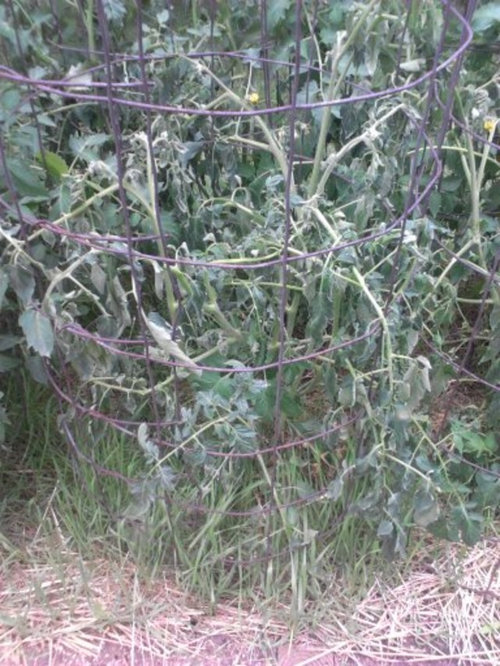Fursarium Wilt ?
gltrap54
9 years ago
More Discussions
Jet Star, Mountain Fresh, & Defiant...... all grafted plants....... Maxifort rootstock.......
Research points to Fusarium Wilt being the problem........ Never had the stuff, so I'm not sure.......... Some plants seem to be OK at this point.... Should I remove the diseased plants from my raised bed?
I think I'll go cry now......


farmerdill
mdfarmer
Related Professionals
Owings Mills Landscape Architects & Landscape Designers · Dallas Landscape Contractors · Hannibal Landscape Contractors · La Verne Landscape Contractors · Lexington Landscape Contractors · Old Saybrook Landscape Contractors · Placerville Landscape Contractors · Pleasant Grove Landscape Contractors · Ronkonkoma Landscape Contractors · Waipahu Landscape Contractors · Wallingford Landscape Contractors · Sun Valley Landscape Contractors · Alexandria Driveway Installation & Maintenance · Mount Vernon Driveway Installation & Maintenance · Fort Myers Driveway Installation & Maintenancejean001a
gltrap54Original Author
gltrap54Original Author
woohooman San Diego CA zone 10a
mdfarmer
planatus
wayne_5 zone 6a Central Indiana
digdirt2
woohooman San Diego CA zone 10a
digdirt2
Slimy_Okra
loribee2
woohooman San Diego CA zone 10a
loribee2
Slimy_Okra
wayne_5 zone 6a Central Indiana
gltrap54Original Author
digdirt2
gltrap54Original Author